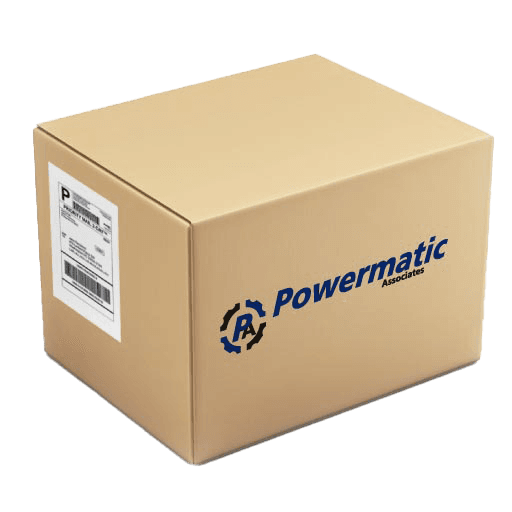| ER-XANT2HC Panasonic ER-XANT2HC is a spare part designed as a discharge needle unit. This c... | Panasonic | | |
| ER-XANT1 Panasonic ER-XANT1 is a spare part designed as a discharge needle unit. This com... | Panasonic | | |
| KIT-FAN-48VDC-50 Integra KIT-FAN-48VDC-50 is a fan kit designed to provide a flow of 50CFM, opera... | Integra Enclosures | | |
| 7T.51.0.230.4360 Finder 7T.51.0.230.4360 is a thermostat designed for temperature control within ... | Finder | | |
| 7F.20.9.024.1020 Finder 7F.20.9.024.1020 is a fan designed to operate with a supply voltage of 24... | Finder | | |
| 7F.20.8.120.3100 Finder 7F.20.8.120.3100 is a fan designed to operate on 120Vac (50Hz/60Hz) with ... | Finder | | |
| 7F.20.8.120.2055 Finder 7F.20.8.120.2055 is a fan designed to operate on 120Vac (50Hz/60Hz) power... | Finder | | |
| 7F.20.8.120.1020 Finder 7F.20.8.120.1020 is a fan designed to operate on a 120Vac power supply, c... | Finder | | |
| 7F.02.0.000.1000 Finder 7F.02.0.000.1000 is a filter designed for use in automation systems. This... | Finder | | |
| ER-X032HC Panasonic ER-X032HC is an ionizer designed for a wide range of operating tempera... | Panasonic | | |


